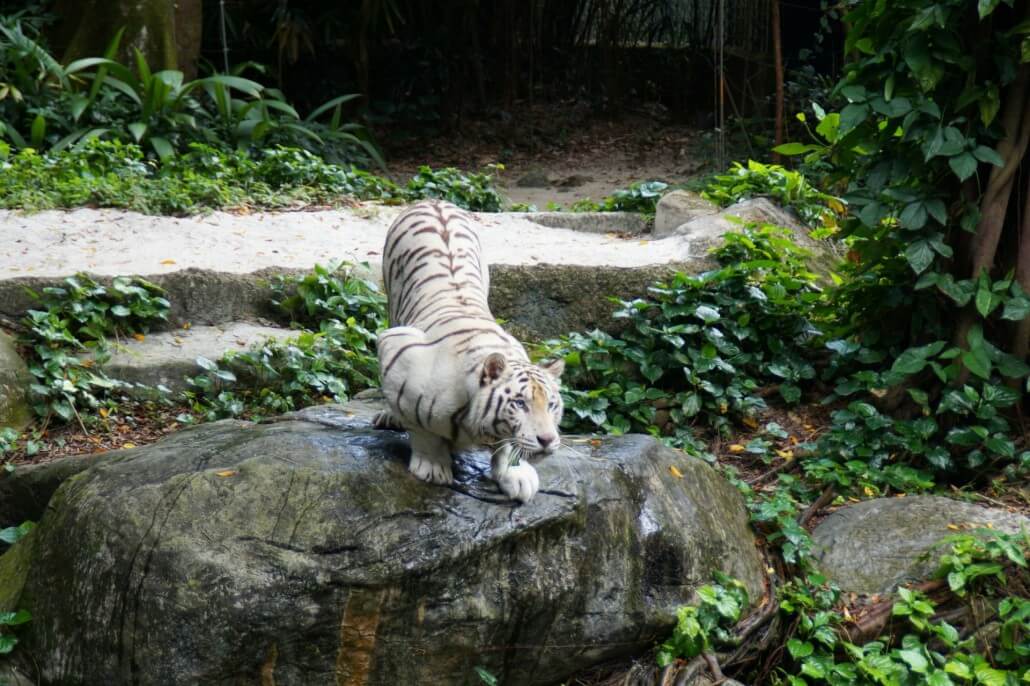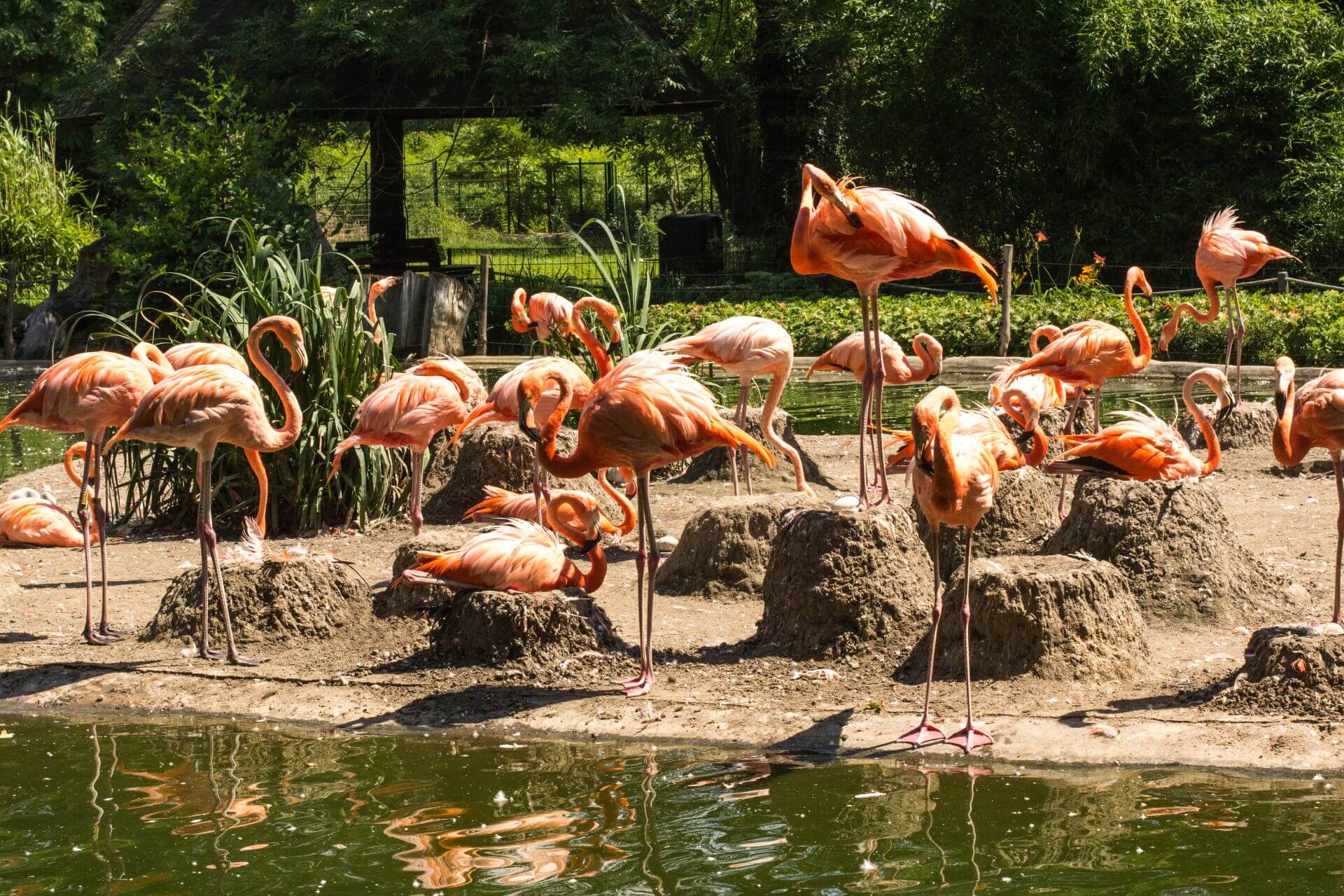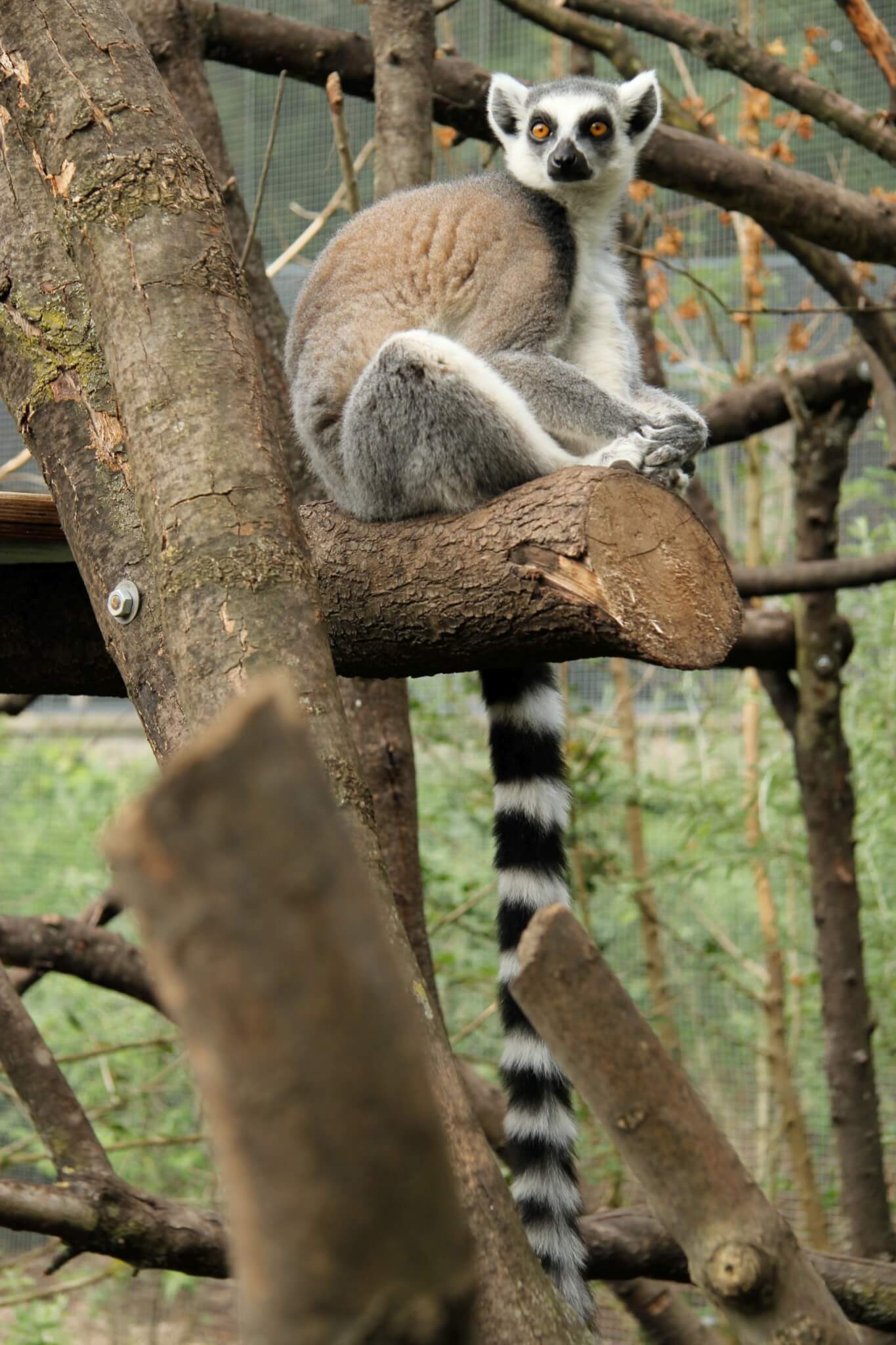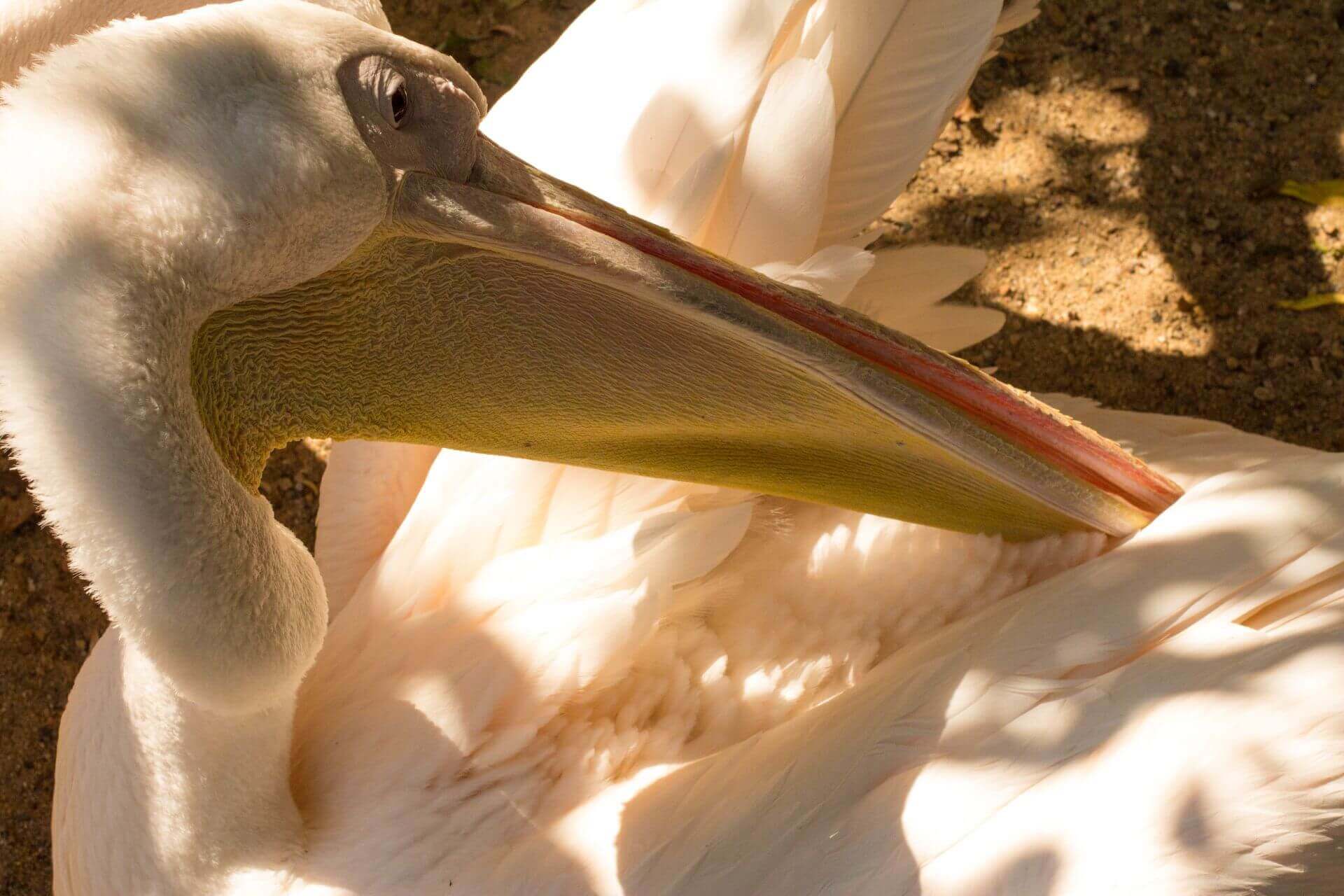
Photographing Zoo Animals
Animals are among the most popular subjects in photography but capturing them is no easy feat. You need to have a lot of patience for wildlife photography. Zoo animals cannot be directed into position and they are often behind unsightly fences. We have put some tips together to help you get great shots despite these challenges.

Tip: Before visiting the zoo ask about feeding times because that's when the animals gather and can be photographed.
Camera Type
Compact cameras and smartphones are handy, but for taking photos of zoo animals an SLR camera will produce better results. SLRs allow for much more manipulation which means you can control some of the challenges that come with taking photos in a zoo. For example, you can blur out the unsightly fence and focus on the animal, so that the viewer barely notices the fence. There are plenty of good and inexpensive entry-level models available. Make sure to read our buying guides for further information. A system camera is also a good alternative as it is lighter than an SLR. With a little practice you can take good pictures, but there are limits as this type of camera does not have interchangeable lenses.

Tripod, Lens and Flash
For the perfect snapshot a few tools are usually enough as having too much equipment can become a nuisance. Lens choice is important we recommend a zoom lens with a focal length of 100 to 300 mm. A tripod is also recommended for shooting in the distance. A flash is not much use and is not allowed in many zoos.
The Right Time
When photographing animals patience and time are of the essence. It is better to avoid going to the zoo at weekends, on bank holidays or during the school holidays because these times tend to be busier. We recommend weekdays from Monday to Thursday just shortly after the zoo has opened or towards the end of the day when most of the visitors have already left.

Making The Most of Light and The Sun
A slightly cloudy sky provides the best type of light. If the sun shines too brightly, dark shadows and unwanted reflections can appear in the picture. An expert tip: the best lighting conditions are before 10 am and after 4 pm. This also works well as the zoos tend to have fewer visitors at these times.
Setting The Scene
To add more creativity to your photos, take shots from different angles and add some liveliness to the photo. The golden ratio is a helpful starting point for framing your subject. In general, photos look better when the animal’s eyes are in focus and the camera is at eye level.

Hiding Fences and Glass Enclosures
Unfortunately, even the best camera is of no use if the fences obscure the animals. Look for an enclosure with a wide-mesh fence and position the camera as close to the fence as possible. Set the aperture as small as possible, for example, around f/4.0 and steadily increase the ISO to compensate for the light. When photographing through glass panes, you should generally shoot with an open aperture. Never use a flash as it will reflect on the glass. If necessary, the ISO sensitivity can also be increased to compensate for the light.
Finally and Most Importantly
Animal photography requires considerate behaviour towards the animals. Always keep a sufficient distance from the animals. In addition, make sure to plan enough time and be patient and as a reward you will get some breathtaking photos.
